Nature conservation
Ever since the departure of Alice Schuster and Else C. Kraus, Huis Wylerberg is the property of Staatsbosbeheer, a Dutch governmental organization for forestry and the management of nature reserves. Initially, the house is rent out to the Mgr. Terwindtstichting for disabled children, after which it is left vacant for a while due to increasingly strict safety regulations for the building. The two sweet chestnut trees on the property, that were saved upon Marie Schuster’s request by having Otto Bartning’s original design for the house make a quarter turn, are cleared by Staatsbosbeheer. The first of the two trees is cleared to make room for a fire escape, and the second one is cleared because it was believed it would threaten the foundation of the villa.
In 1984, the then recently founded association Das&Boom takes up residence in the house, followed by Sovon in 1988 and the foundation wAarde in 1999.
Das&Boom aims to save animals that are threatened with extinction in the Netherlands, such as the badger, the European hamster, the otter and the Desmoulin’s whorl snail. The association also legally enforces the Dutch government to adhere to International treaties. In 2006, Das&Boom is the first conservation organisation that is dissolved because of its success (the badger is saved) and continues as a small foundation. The draconian budget cuts on Dutch nature policy in 2010 however force Das&Boom to resume its legal activities. Since then, Stichting Das&Boom has her hands full guarding the results she has achieved in the past.

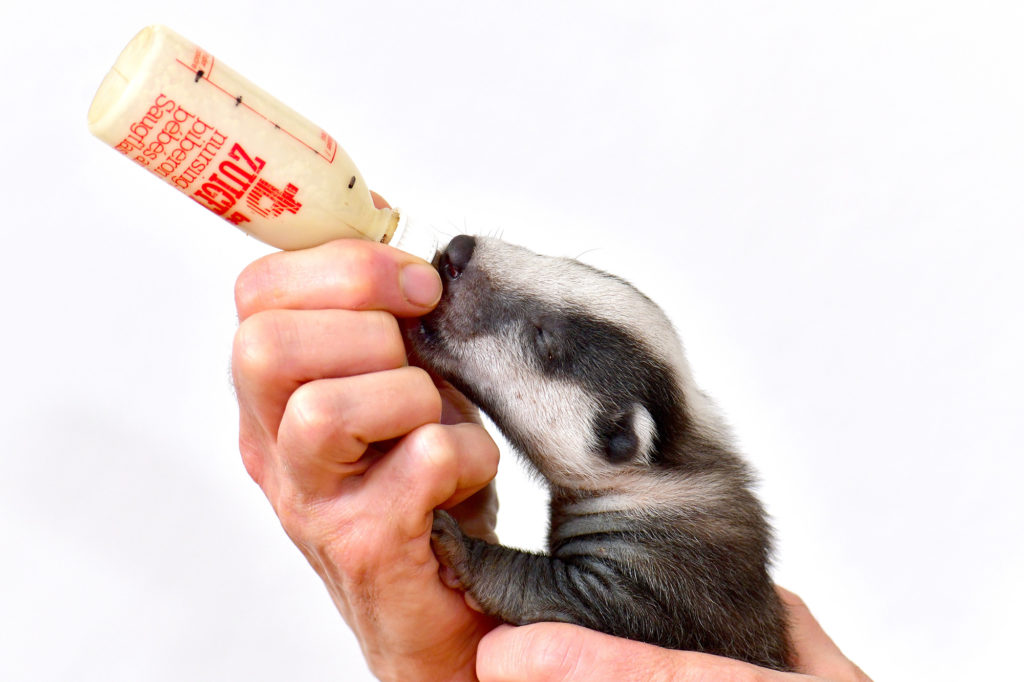
Baby badger at the shelter at Das&Boom
In 2006, the Vereniging Nederlands Cultuurlandschap (VNC, in English known as the Association for Dutch Cultural Landscapes) is developed from Das&Boom. The VNC writes the Deltaplan for the landscape, on the basis of which the first and the biggest landscape restoration plan in Dutch history is implemented in the Ooijpolder. A part of Huis Wylerberg is set up as a museum for the landscape and behind the original porter’s house down the road a permanent exhibition is set up, bringing to life the Dutch landscapes in miniature. The adjacent valley called Palland is also arranged extensively with hedgerows and numerous other landscape elements. ‘Let friendship heal what borders divide’ is the catchy text on the boundary stone in the Ketelvallei which, urged by VNC, spreads along the Dutch-German border.

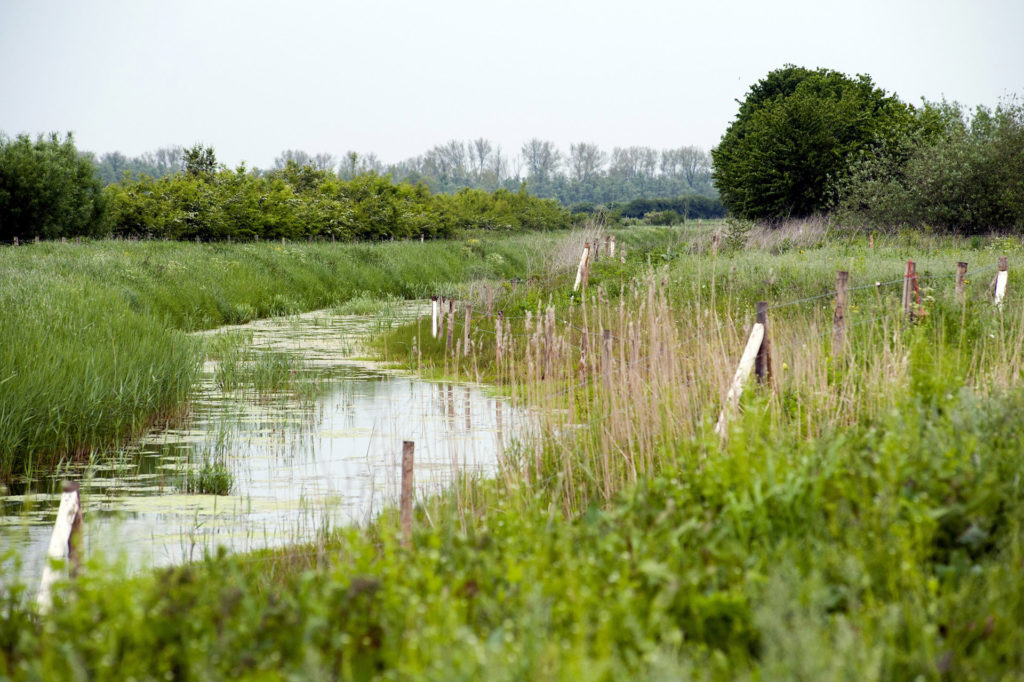
New landscape in the Ooijpolder
Sovon, the research institute for birds in the Netherlands, together with VNC works to build a bird friendly polder of Rhoon, south of Rotterdam.
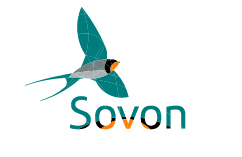
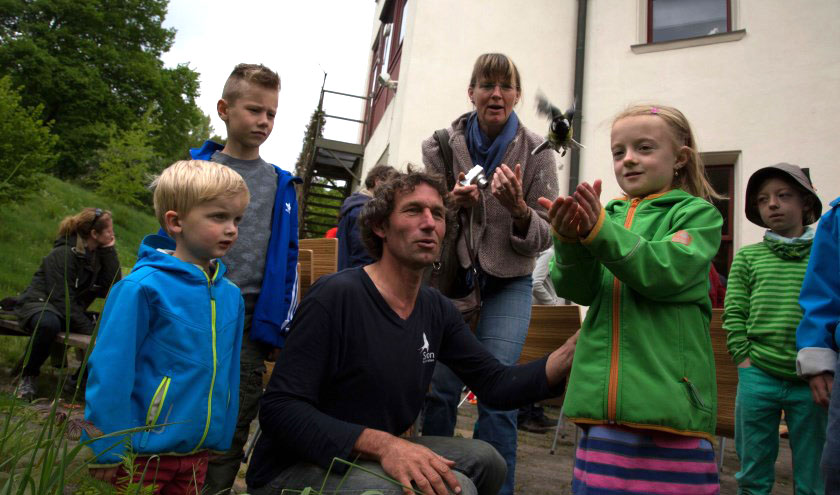
Bird ringing at Huis Wylerberg. Photo: Marijn Nijssen.
Stichting wAarde dedicates itself to sustainability, beauty and nature in our society. In doing so, the foundation collaborates with nature conservationists, artists, journalists, scientists, youth workers, authorities and a lot of volunteers in the whole country. Amongst other things, Stichting wAarde has brought back laid hedges to the Netherlands and has published a variety of books.
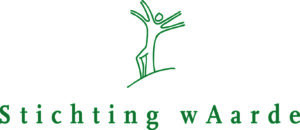
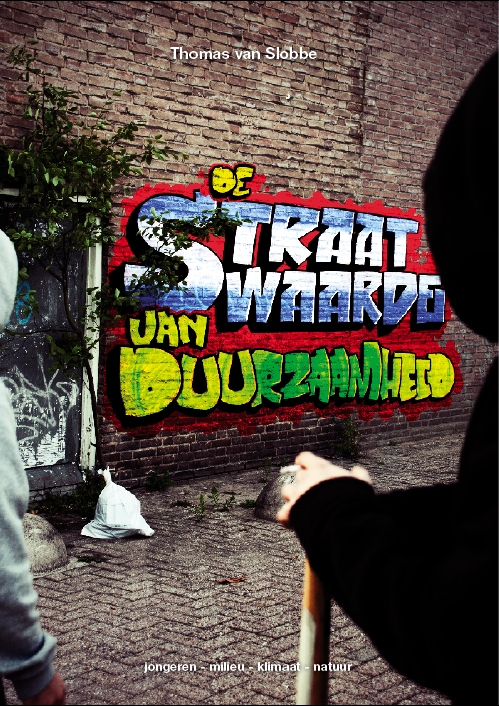
One of the many publications of Stichting wAarde.
These nature and landscape organisations are now the longest users and inhabitants of Huis Wylerberg. For over 40 years, they have been working together with similar organisations on the Dutch and German side of the border to restore cultural-historical landscapes, monuments and nature and to create a cross-border park with Huis Wylerberg at its heart.
